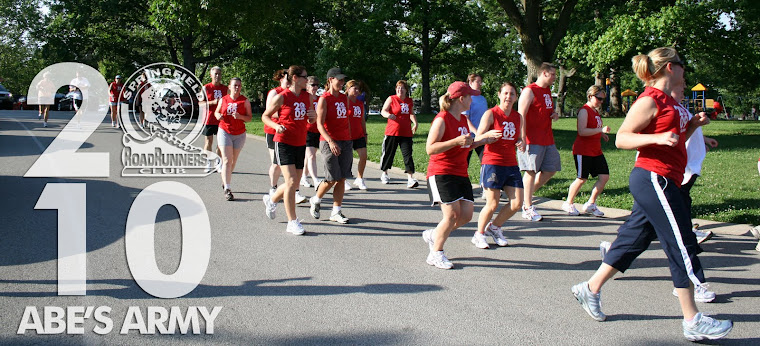Once you've been running for a while, you may eventually have to deal with the pain and inconvenience of an injury. Most common running injuries are due to overuse, overtraining, improper shoes, or a biomechanical flaw in body structure and motion. The good news is that many running injuries can be prevented. Follow these steps to keep yourself on the road.
Here's How:
1) Avoid the "terrible too's". Many running injuries are a result of overtraining: too much intensity, too many miles, too soon. It's important to go easy when adding mileage or intensity to your training. You shouldn't increase your weekly mileage by more than 10% each week. You can still push your limits, but you'll have to take a gradual and patient approach. By building up slowly, you can save yourself pain and frustration, and still reach your goals. Let common sense and a smart training schedule determine how much you should be running.
2) Treat your feet right. Be sure that your shoes aren't worn out and that you have the right model for your feet and running style. The wrong shoe can actually aggravate existing problems, causing pain in your feet, legs, knees or hips. Wearing shoes that have lost their cushioning may also lead to injury. Go to a specialty running shop where you can be properly fitted for running shoes, and replace them every 350-500 miles. If you have a biomechanical problem with your feet, you may also look into getting fitted for heel lifts or orthotics.
3) Find the right surface. Once you have the right shoes, you want to make sure you're using them on the best surface. Ideally, you want the ground to absorb shock, rather than passing it along to your legs. Avoid concrete as much as possible: It's about 10 times as hard as asphalt, and is a terrible surface for running. Try to find grass or dirt trails to run on, especially for your higher mileage runs. Consistency is important, too, because a sudden change to a new running surface can cause injuries. You'll also want to avoid tight turns, so look for slow curves and straight paths.
4) Stay loose. A regular stretching program can go a long way toward injury prevention. Be diligent about stretching after your runs -- your body will make you pay if you get lazy about it.
5) Keep your balance. Injuries sometimes pop up when you're paying too much attention to your running muscles and forgetting about the others. For example, knee injuries sometimes occur because running strengthens the back of your legs more than the front of your legs. Your relatively weak quads aren't strong enough to keep your kneecap moving in its proper groove, which causes pain. However, once you strengthen your quads, the pain will often go away.
6) Make sure you're ready to return. To prevent re-injury, ease back into training with water running, cycling, or using an elliptical trainer. Overtraining is the number one cause of injuries, so try to remember that progress takes time.
By Christine Luff, About.com
June 16, 2008
Subscribe to:
Post Comments (Atom)

No comments:
Post a Comment